A Valley Photographer’s “POV”
California Megadrought
|
NEW ESRI StoryMaps: What's On Our Shelves & NWNL Song Library & No Water No Life ESRI |
California Megadrought
Norma Mastin
Ranching Professional, Teacher, Photographer
Alison M. Jones
NWNL Director and Photographer
This NWNL connection with Norma began in 2000, when Norma invited Alison Jones to present her images on “Visual Anthropology” to the Sacramento Photographers Club. Their shared focus is why this interview title includes “POV.” Photographers use “POV” as an abbreviation for their “point of view.”
Norma has lived in CA’s Central Valley town of Madera since 1936. Yet, when we did this interview, she’d never seen its foothills so dry. They had a little rain at their ranch in Raymond about 2 weeks before our interview, and that was enough for us to see at least a bit of green.
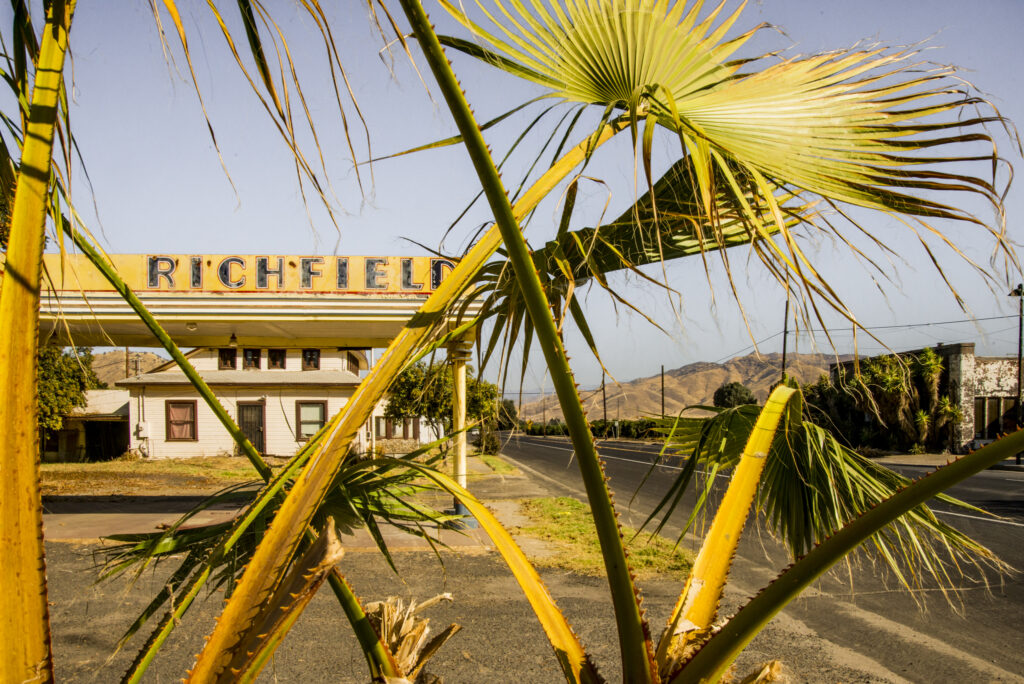
CENTRAL VALLEY ROOTS
1931 versus 2014 DROUGHTS
SINKHOLES and DAMS
WATER FOR CROPS or DELTA SMELT?
CALIFORNIA’S WATER SUPPLY SYSTEM
PORTERVILLE – A DRY TOWN
FUTURE WATER CONDITIONS?
PERSONAL AFFECTS OF DROUGHT
VALLEY VALUES
Key Quote The rangeland was brown this January. I’ve never seen that before. The only solution to this bad drought is rain – and more rain. — Norma Mastin
All images © Alison M. Jones, unless otherwise noted. All rights reserved.
NWNL Good morning, Norma. It’s so good to see you again, especially given our common interest in nature photography. Let’s start by discussing your background in this valley.
NORMA MASTIN I’ve lived here in Madera since 1936. I went to grammar school and high school here, and then Stanford University.
NWNL How did your parents end up here? And what was it like growing up here?
NORMA MASTIN My parents came here to farm. Dad was a surveyor, but during the Depression he went into farming, which was not very lucrative. We moved to Madera and bought a home on 160 acres. Then my dad started buying parcels in Raymond, at a 1,900’ elevation in the foothills. It’s wonderful there. When we have fog down here in the Central Valley, there is sun up there and it’ll likely be 10º warmer there than here.
NWNL How did your family use the ranch, and what was its water availability and supply?
NORMA MASTIN The year I was born was one of these drought years – and so hot. That was 1931, the height of the Depression – and so hot. It was dry, dry, dry here. The family took me over to Capitola on the coast because, as a baby, I wasn’t tolerating the heat well. That year, we moved to a tiny little farm in Academy [in Fresno County, closer to the Sierras than Madera]. It was dry, just like now, but then we didn’t have as many years of drought as we’ve had here recently.
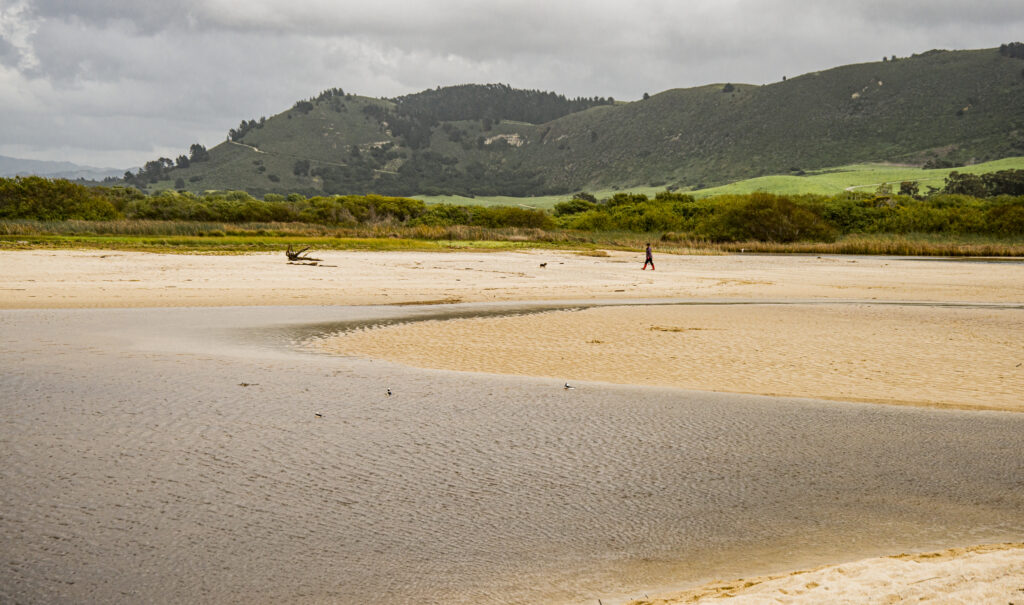
Now we’re in the third consecutive year of drought, and hope there won’t be a fourth year. It’s very severe. They’re drilling wells, even up in the foothills. The deeper you go, the more water you get; but that depletes the water supply. Folks try not to go any deeper than they need to, but this year people all over are having to re-drill, especially down in Porterville. Some places have no water at all, or they can’t drill the wells any deeper. Those places are in a critical condition.
We’re lucky in Madera since we still have water at least. We’re on tight restrictions – which everybody should be. We can only water twice a week, and we’re not supposed to use an open-end hose to wash a car, water a tree or anything. We adhere to the restrictions because our water is so important.
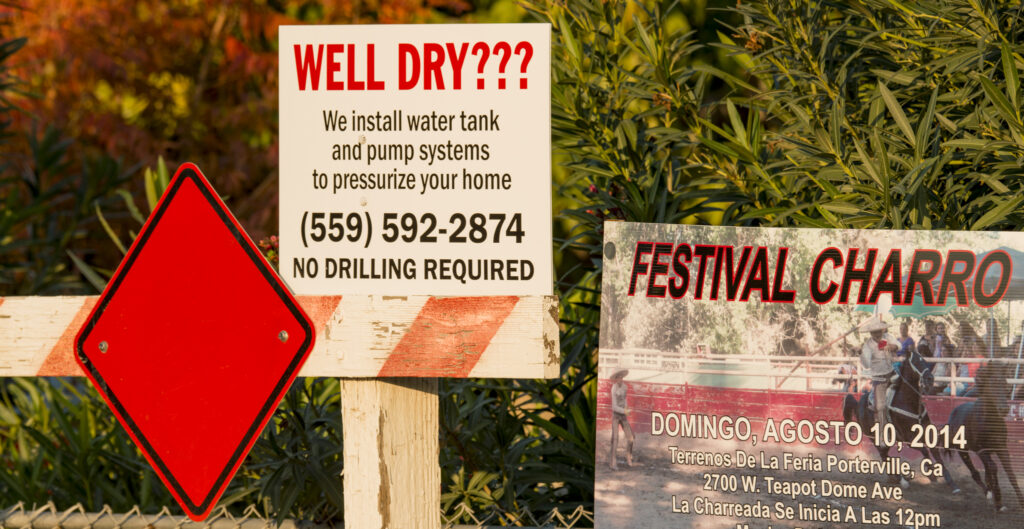
NWNL How do you compare this drought to that 1931 “hot, hot season” of your childhood?
NORMA MASTIN The difference between ’31 and this year is that we’ve just had the hottest July, August, and September on record, while people back east were getting snow! Any rain from the north hit Oregon or Washington, but not California. Northern California, yes. But the Central Valley always seemed to be left out of those rains.
Maybe you brought this rain today? Wouldn’t that be good luck?
NWNL Do you know how much rain we just got here?
NORMA MASTIN 1/100th of an inch, here in Madera – just enough to wet the roads, period! They say that tomorrow there may be a little more….
NWNL How much will it take to get the valley back to normal? What efforts can help?
NORMA MASTIN We had only 6.7” last year, when we should have had 12”. So that was a very dry year. It would have been all right for 1 year, but 3 in a row like that is why we’re having so many sinkholes in certain cities. The water has drained out from below the surface, and so the land just sinks. They’ve had this all over Florida and in almost every state that drills for water. A house fell right in the cavity of one sinkhole – completely. Another one had a car fall in it. They are really disasters.
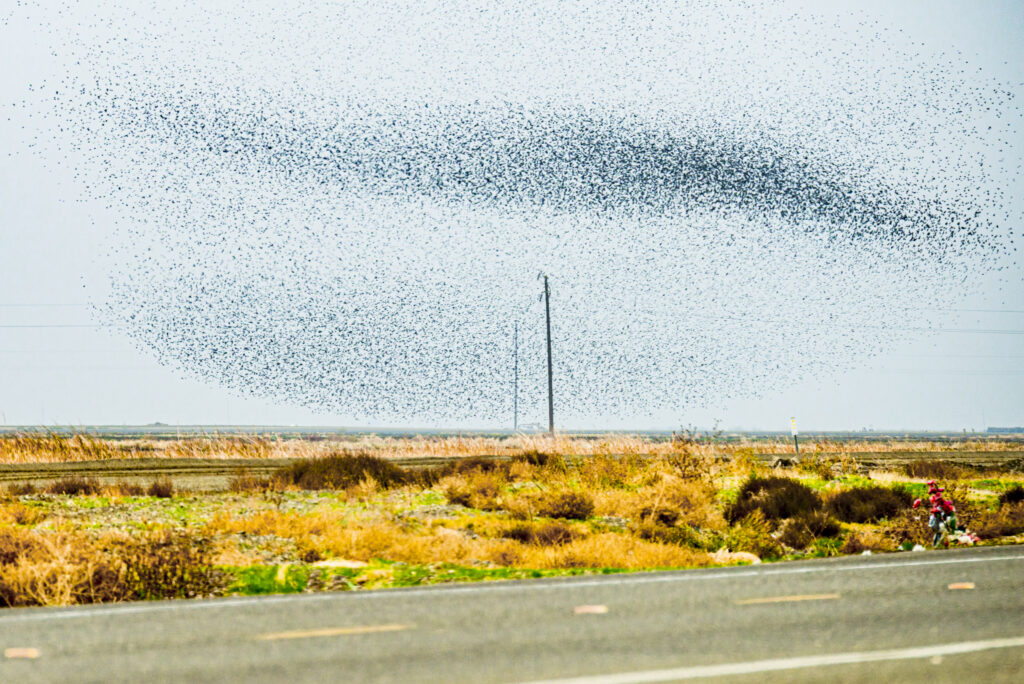
NWNL Is there anything that can be done to prevent sinkholes?
NORMA MASTIN Yes! By drilling less. But until we store enough water, drilling is needed. For years we’ve tried to put two dams above Millerton’s Friant Dam. There is a wonderful channel all the way down for such a dam; but environmentalists weren’t about to have it. I don’t know why not, because such a dam provides fishing, boating, and all kinds of things. People do use the lakes. Beyond irrigation, they provide most of our water.
NWNL What is the argument against building the dams?
NORMA MASTIN We just voted on creating more water conservancy areas like the dams above Millerton. That passed last week in our election. In Fresno practically all their water basins are dry this year; but their runoff holds water and increases the groundwater levels. All those little things help.
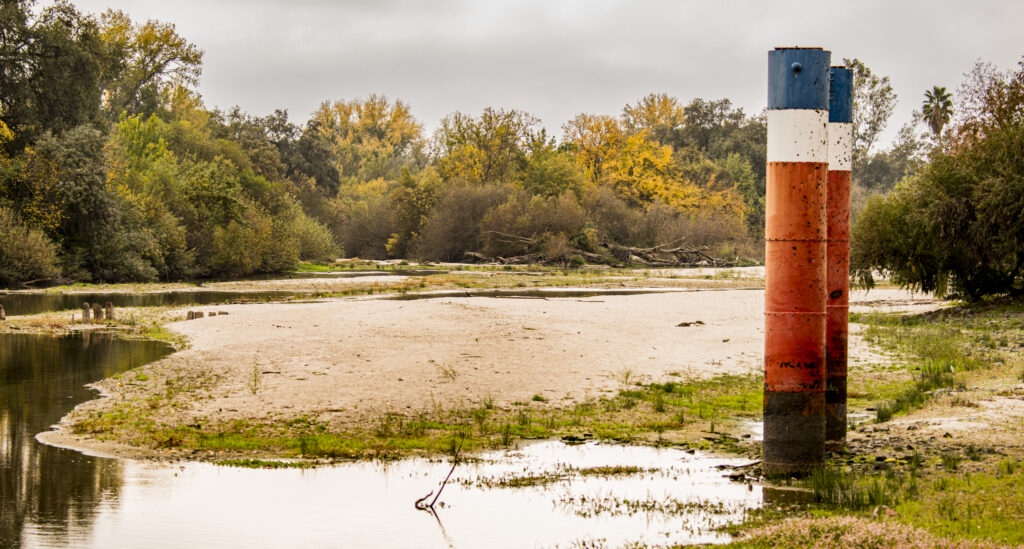
This is a wonderful watershed. The water comes down from the foothills and is easy to dam. Watersheds above Millerton are still very, very good, so there’s lots of possibilities for putting in dams above there. The dam they’ve discussed would give twice as much water as held at Millerton right now.
NWNL As I head to Friant, along the San Joaquin River, what issues will I run across?
NORMA MASTIN They re-built the San Joaquin River so salmon could migrate there again. It’s been so long since salmon have gone up the San Joaquin River. People didn’t want water to be used for irrigation in the farmlands; and now people don’t want water used for the smelt in the Sacramento Delta.
Many millions of gallons of water from the Delta go into the ocean daily. Many people feel too much water is totally wasted, simply because folks want to save the smelt. Yes, we need to save the smelt, but we also need to provide water for crops down here, especially those on the west side of the Central Valley.
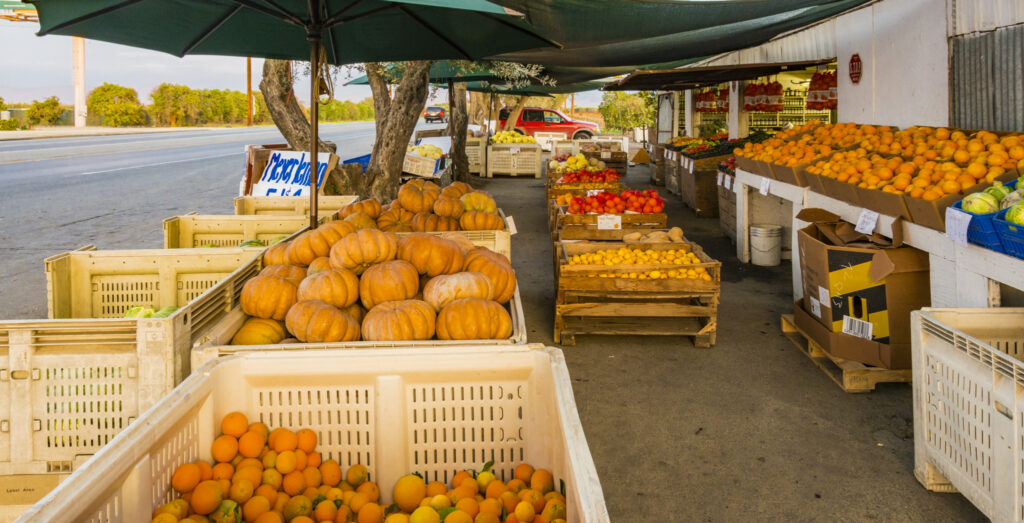
NWNL I hear that if too much water is taken out of the Delta and pumped down here for irrigation, then the Delta waters will become saline; since, as its levels get lower, the San Francisco Bay will back up in the Delta.
NORMA MASTIN Folks here don’t want to lower the Delta. They just want the water to flow down here from canals up at the Delta, instead of into the San Francisco Bay.
NWNL But don’t they still want more water down here than there has been before, or have those requests been reduced in light of the drought?
NORMA MASTIN Yes, they do want more here. There’s hardly any water from the Delta coming down here now, because folks want enough water for the Delta’s smelt. But smelt are a seawater fish, so it won’t bother them if Delta water levels get low and salty.
NWNL Can you describe the huge machinations of water movement and delivery in this state? Being from the East Coast, California’s infrastructure for moving water seems quite complex. Is the water that comes here from the Delta carried via the California Aqueduct?
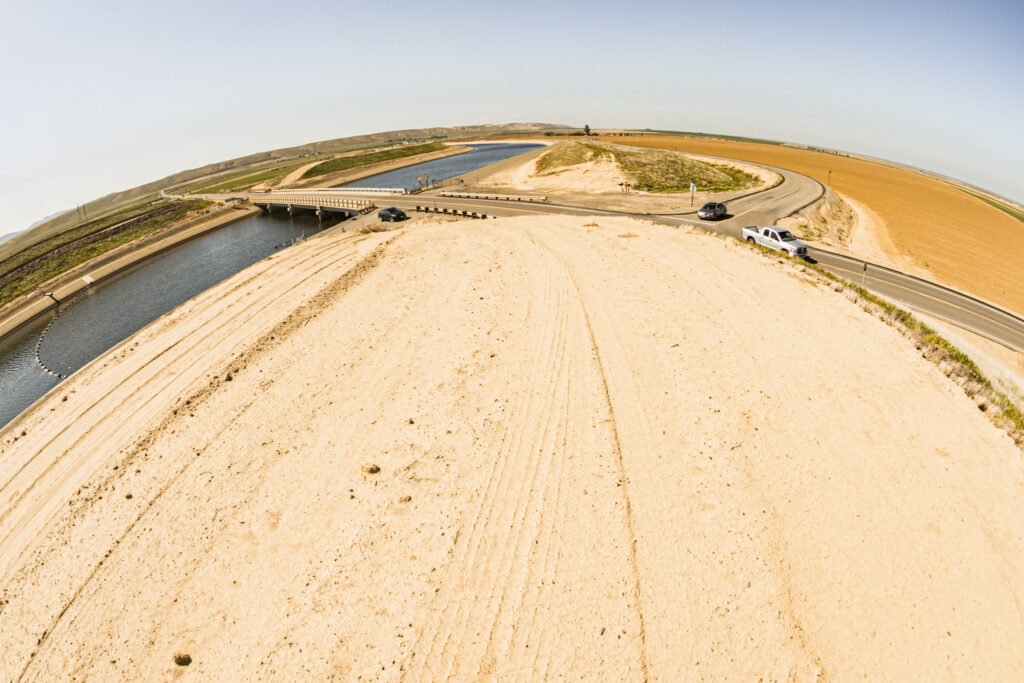
NORMA MASTIN Yes. A great place to see the aqueduct is from RT 152 towards the coast just before San Luis Reservoir, below Pacheco Pass. The nearby Ray Romano Visitor Center has a wonderful display of where California water comes from and how it’s moved to other parts of the state. From there, and as you go up the mountain to the top and look down, you can see how low the reservoir’s water level is now. It’s way, way down.
NWNL I thought San Luis Reservoir was managed by taking water from the California Aqueduct.
NORMA MASTIN The reservoir’s sources depend on rain amounts up north. So yes, it’s usually managed, but now there’s no water.
NWNL Where does the San Joaquin start?
NORMA MASTIN The San Joaquin River starts at Millerton and comes through Friant Dam to Fresno and heads north. In the Pleistocene Era, it used to wind clear over to Los Banos (just east of today’s San Luis Reservoir) and out to sea. That’s why salmon used to come up the San Joaquin River. But now the San Joaquin dries up before it gets to Los Banos – much less before it gets to the San Joaquin-Sacramento Rivers Delta.
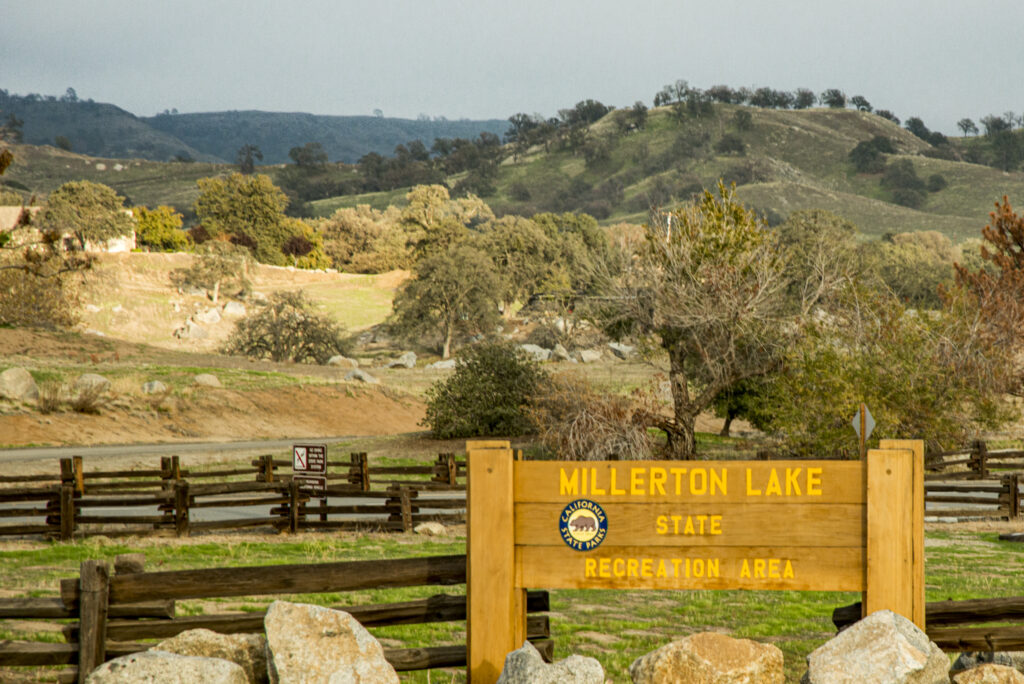
NWNL How does the San Joaquin River normally flow from Millerton up to the Delta where it meets the Sacramento River?
NORMA MASTIN For a while, the San Joaquin flooded part of the Central Valley. The Fresno River, a little river here in Madera, comes out of some of the little dams here. It used to flood, but it’s been dry for years and years. When we were first here in the 30’s, we lived way out west. There we had to ride the horses to get above the floodwater. I’d have my feet high up in the stirrups to keep them dry. But we haven’t seen that since the little dams were put in to retain the water.
NWNL Where are those little dams?
NORMA MASTIN They feed the Fresno River as they come out of the Sierras. One creek comes down between Raymond and Coarsegold on Highway 4 (the road from Fresno to Yosemite and then to Hensley Lake). Two dammed lakes now help that flow. The San Joaquin goes directly between Madera and Fresno County.
NWNL We drove over the San Joaquin coming up from the south. From there it flows west, but I hear it’s constantly being extracted, and so suddenly it dries out.
NORMA MASTIN Yes. Usually, Millerton Dam can release pretty much water to the San Joaquin. Now it can only release enough to support a tiny little park at the base of the dam and put some water in the San Joaquin. There’s always some water in the San Joaquin near Fresno. But I don’t know how far it goes now.
NWNL With directions from American Rivers, with whom I’ve been working, I found the spot where the San Joaquin has dried up. It disappears into sand along the San Mateo Road just before Mendota. It’s a very dry area.
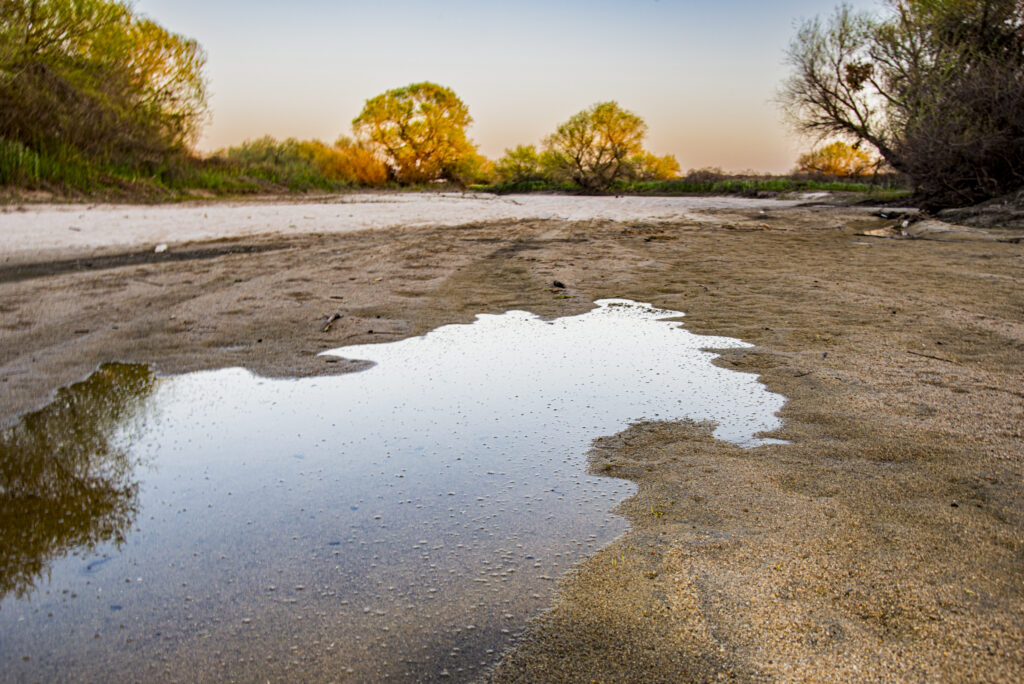
NORMA MASTIN So much water is taken out of the river there. Those farmers – mainly on the west side, which is rich in agriculture with a lot of farm workers – need water. This year the drought was so bad, farmers disposed their crops, and farm workers lost their jobs. Unlike grapes, cotton, melons and other produce is handpicked by workers. They’ve now brought in food for those workers and are trying to take care of them.
NWNL What is happening in Porterville? I read about their problems.
NORMA MASTIN Yes, Porterville wells dried up, all of a sudden. They had no water at all. All over the whole city, faucets barely dripped. People used bottled water for all their needs.
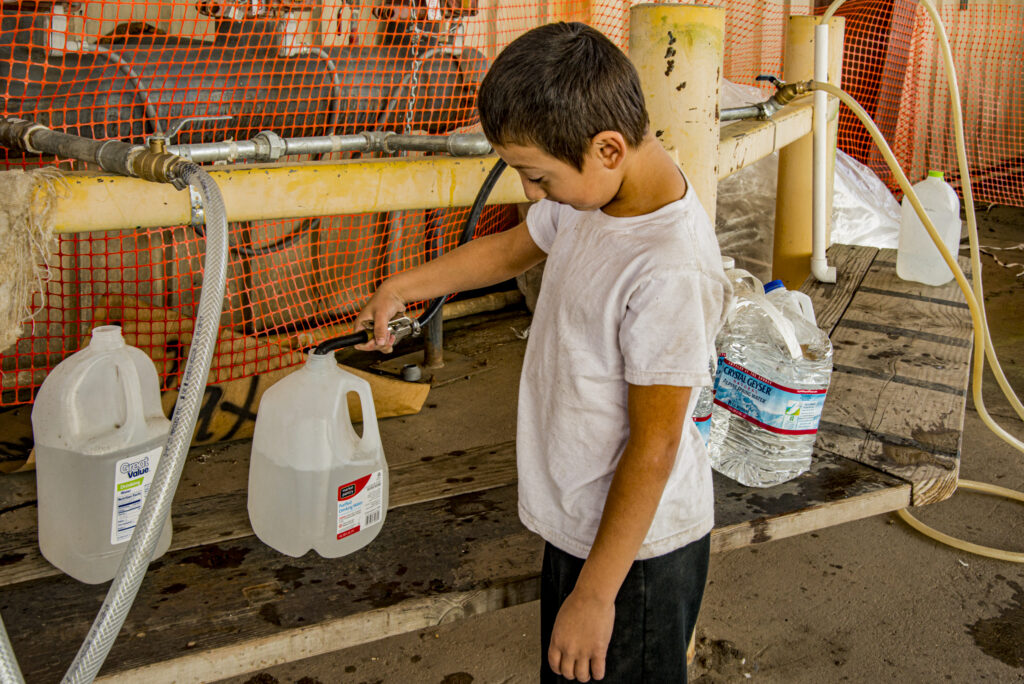
NWNL We’re heading there. I’ve read 700 or so homes are without running water. What is the solution is for that?
NORMA MASTIN I just don’t know whether they need to drill wells, or maybe they can’t go any deeper, or going deeper would cause problems.
NWNL Tulare – which is basically a dry lakebed, is also dry; but Porterville made the news, even in the New York Times.
It’s astonishing to me. For decades, I’ve covered sub-Sahara Africa where there is little available water. In contrast – and sadly –the seemingly plentiful water sources in North America have been polluted, dammed and affected by climate change. Now suddenly, the US is in the same boat with Africa – one of water scarcity.
NORMA MASTIN Yes, it’s scary for those who don’t have water and can’t use their faucets. In Porterville, there is no way they can shower.
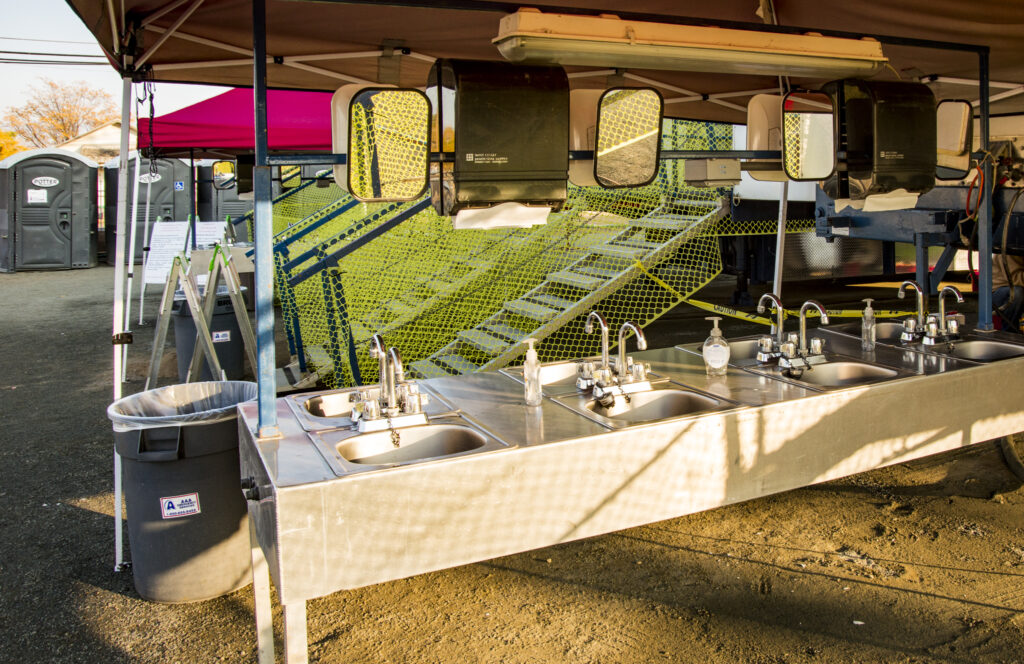
NWNL Long term, will the Central Valley face increasing numbers of droughts – or is this year an anomaly?
NORMA MASTIN For years we’ve had 2 or 3 years of drought in a row, and then a couple of really good years that brings the water table up. I don’t know how bad this year will be. It’s just awful. It’s been sort of cyclical, with 2- and 3-year droughts, usually and fortunately followed by good rains.
NWNL What does the ranch look like now? You talked about it being brown and that you’ve never seen it like that.
NORMA MASTIN The 1,200-acre ranch at Raymond is strictly a grazing ranch. It’s beautiful. We have lots of trees: live oaks, blue oaks, manzanilla and lots of wildflowers in the spring. We also have some little streams, but they run only when we get good rain. It’s a rolling foothill there, so it has many rocks. We don’t have a permanent stream running through it, but we do have some natural wells there that we supplement. We have some solar power panels to keep pumps going and they help retain the water.
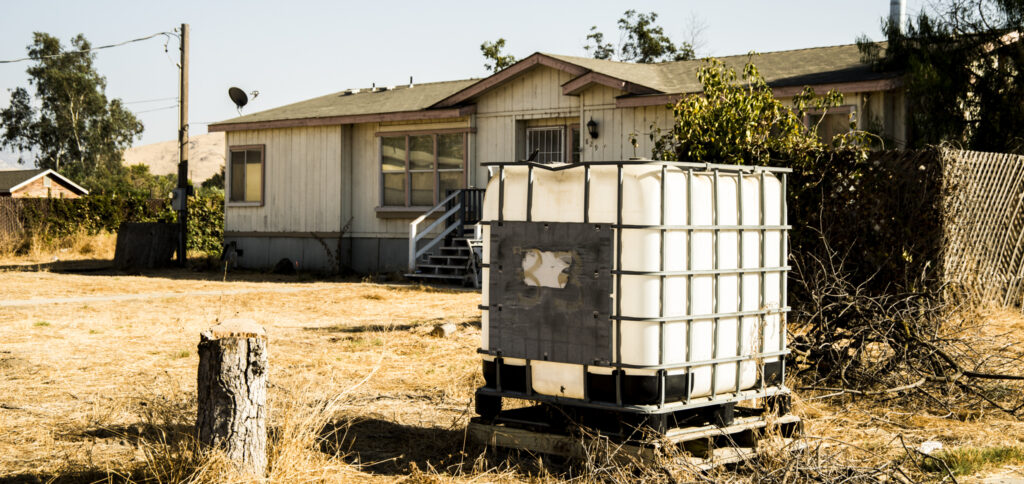
One year we found a little tiny black pipe with water going from our troughs down to the San Bernice Pot Farm. Needless to say, that was short-term. We don’t check those things frequently, so God knows how long it had been running by the time they found it.
NWNL Ah, upstream–downstream water rights!
NORMA MASTIN I don’t know how California plans to take care of watering all this land, especially now that folks are growing pot. Fortunately, that is mainly in the foothill communities. Every year, the DEA takes away the pot just before it’s time to harvest and they get some of those farmers. Yes, they can get involved in gunfire with those protecting the pot. Many doing this are from Mexico and send it back, although there are plenty of places to send it here.
NWNL Has the drought affected you, Norma, personally or as a photographer?
NORMA MASTIN Absolutely, I miss the beautiful backgrounds, green hills, rolling hills and other aspects. Also, we haven’t had the beautiful skies with the puffy clouds because we’re not getting any rain. Wildflowers were quite scarce this year. Last year we only had 2 weeks of blooms. Unfortunately, I now don’t photograph as much as I did.
It was hard to tell when we would get fall colors this year; but when we did, it was beautiful. People in Yosemite a couple of weeks ago said it was beginning to get beautiful. Happily, Tioga Pass was still open, so my nephew and friends from Reno who all love the ranch came over Tioga Pass for the weekend to Raymond. They said it was gorgeous going over the Pass and down into the valley.
The sooner we get cold weather, the more we’ll get the beautiful aspens and fall colors in the mountain foothills areas, and the mountain areas themselves, even earlier.
NWNL Yes, I’ve noted that fall colors are late this year due to hot weather, and Tioga Pass is late closing. Are there other visual changes that are drought-related?

NORMA MASTIN Well, I don’t know what’s going to happen when it gets worse. People are worried about beautiful trees in their yard. I’d hate to lose the orange tree in my front yard,
NWNL Ouch! And the wildflower season is shortening?
NORMA MASTIN Yes, it was only 2 weeks – late April, early May. We had no water at all.
In January, we didn’t have enough water at the ranch to make things even look like grass. It was just totally brown. We had a little bit of the wildflowers, but they were late and didn’t last long.
NWNL Are there solutions to drought?
NORMA MASTIN I wish I knew solutions to drought. A lot more rain would help because we do have many small areas for holding water. There are no full holding ponds in Fresno now, or anyplace. The only solution to this bad drought is rain – and more rain.
NWNL Do folks talk about cloud seeding or geoengineering? Would it work?
NORMA MASTIN Cloud seeding is not very effective. They tried a few years ago – even in mountainous areas where there were a lot of clouds. But it wasn’t very successful. They work on all kinds of things to produce more water, so if they found anything, we’d know by now.
NWNL How would you descripe the importance of having enough water in this valley? Are California’s water-dependent crops and cattle important nationally?
NORMA MASTIN The San Joaquin Valley is one of the richest agricultural places in the country. It produces 20% of US fruits and vegetables. At one point, the compared the Central Valley’s output to entire nations worldwide, and California’s Central Valley was way up there, about fifth in producing crops. Yet the drought is so bad this year that they’re taking out orchards, because almonds and peaches need so much water.
I don’t know why they don’t leave them to see if they’ll come back when we get rain….On the Central Valley’s west side, you’ll see lots of vacant fields, since they have no water for planting.
Even Avenue 12 right here out of Madera, you will see removal of orchards, vineyards and even pomegranate trees which are new for us.
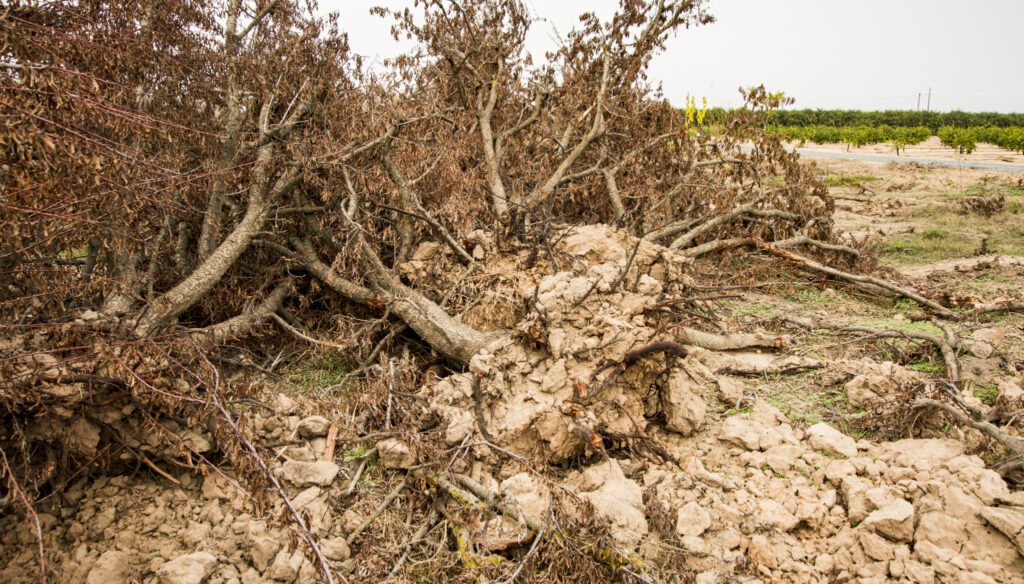
NWNL Are there other drought impacts that concern you, a propos of your family’s ranching history?
NORMA MASTIN Yes, cattle farming suffers. My family had started out with their little 160-acre ranch here. It had peaches and grapes for a while. but those came out, because they wanted mainly alfalfa, hay and pasture for the cattle – and cotton. They did cotton for a long time, but it was a pain to pick the cotton.
NWNL Were the cattle on the ranch up in the foothills?
NORMA MASTIN You need water and feed if you have cattle. Our cattle were down here at the home ranch where we had alfalfa and a good pasture. They went up to the other ranch in the spring for grazing and good water. Then in the summer, it got hot and water and feed got low, so we brought them back here to the pasture in Madera.
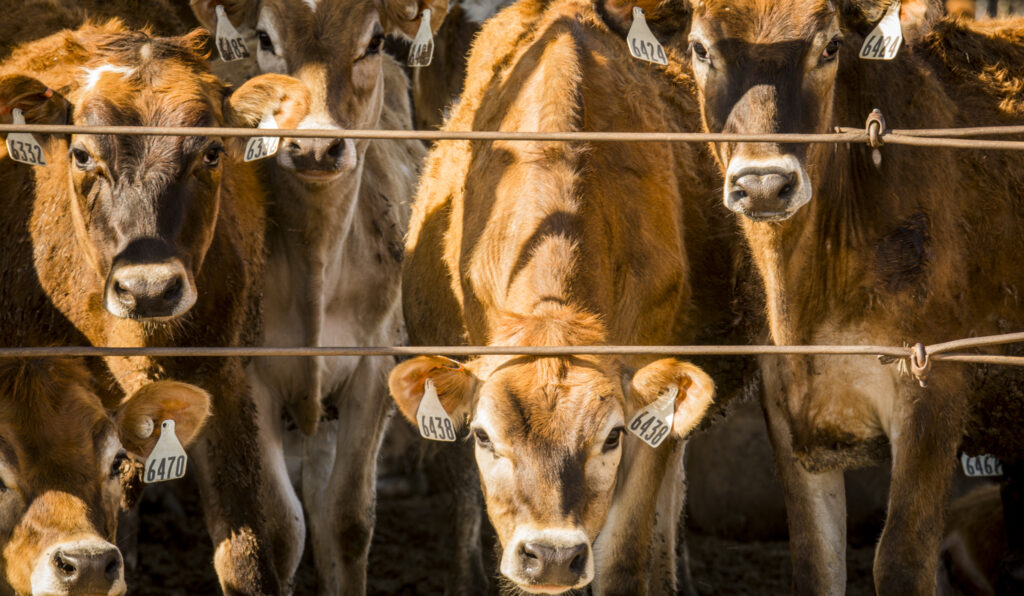
NWNL Norma, I hope you get normal rains again soon! Thank you for all your insights! And now let’s go do a rain dance!
Postscript: Norma passed away in July 2018. NWNL hopes the little orange tree in her front yard still thrives in her memory.
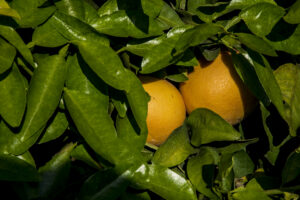
Posted by NWNL on January 17, 2024.
Transcription edited and condensed for clarity by Alison M. Jones.
All images © Alison M. Jones, unless otherwise noted. All rights reserved.
